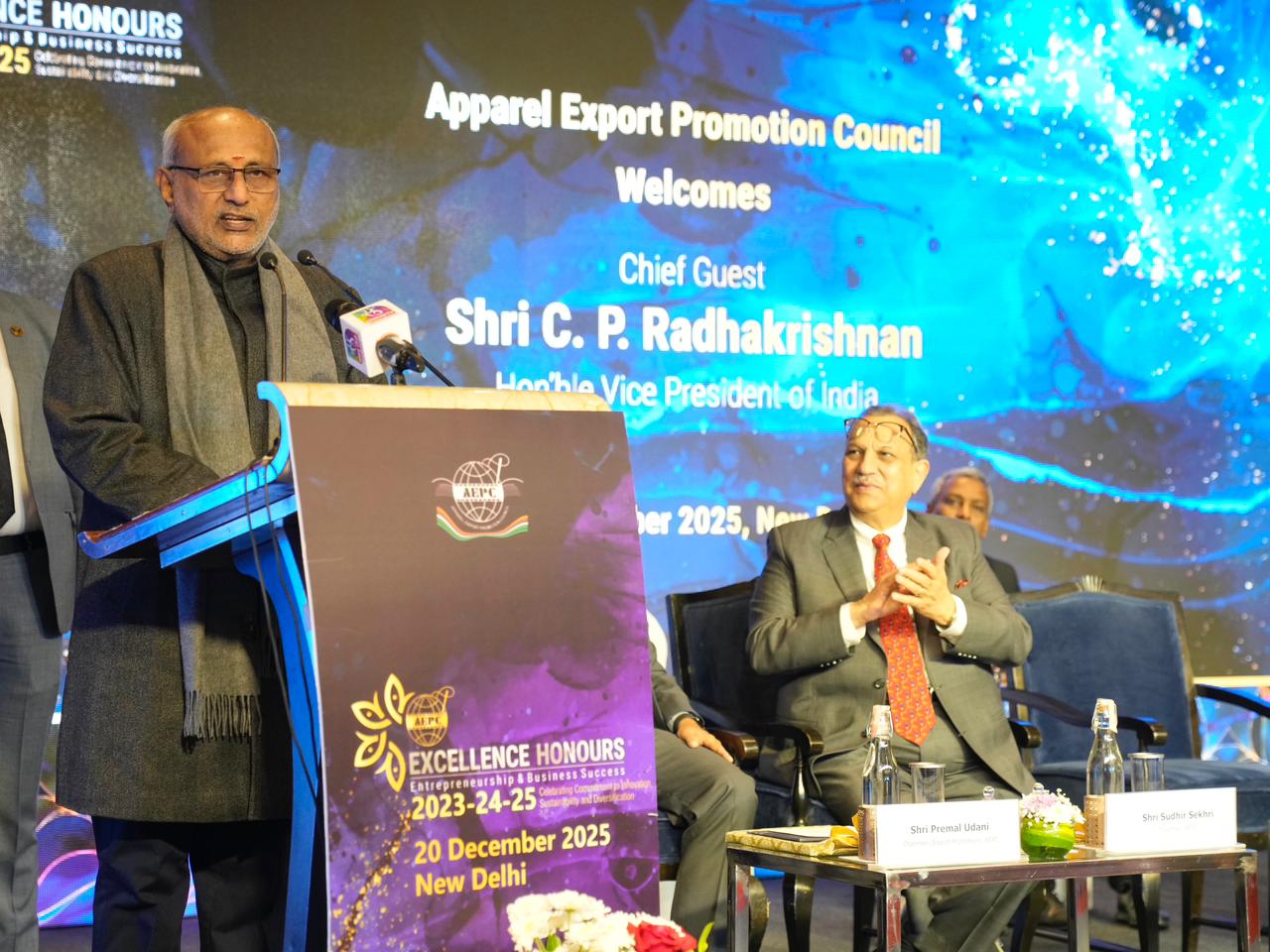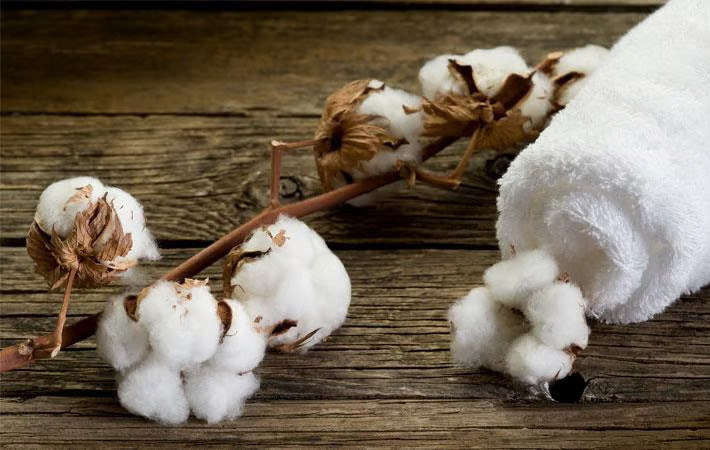India's cotton production is projected to hit a 16-year low at just over 29.4 million bales (each 375 pounds) in MY 2024-25. This marks a significant decline from the peak of 39.8 million bales in 2013-14
The earlier boom in cotton production, which nearly tripled after the introduction of genetically modified (GM) Bt cotton hybrids in 2002-03, also led to a massive rise in exports. However, in recent years, exports have fallen, and India is now expected to import more cotton (3 million bales) than it exports (1.7 million bales) this year.
The primary culprit for this production slump and India's shift to a net importer is the pink bollworm (PBW). This pest's larvae burrow into cotton bolls, feeding on the developing seeds and lint, is causing significant loss in cotton yield and discoloration.
While the currently grown GM cotton hybrids contain two Bt genes offering protection against other bollworms, the PBW, being a monophagous pest (feeding solely on cotton), has developed resistance to these toxins. Its short life cycle has accelerated this resistance buildup. Research indicates PBW resistance to both key Bt toxins emerged by 2014. The pest has since crossed economic damage thresholds across all major cotton-growing regions of India. Consequently, India's average cotton lint yield per hectare has sharply declined from its 2013-14 peak.
However, Indian seed companies are developing new GM cotton hybrids with different Bt genes that they claim will resist the PBW. Several companies are currently undergoing confined field trials for their new technologies, seeking regulatory approvals.
Despite these efforts, the lengthy regulatory process and opposition to GM crops have hindered the commercialization of new GM varieties in India since 2006. The seed industry hopes the severe impact of the PBW and the resulting cotton crisis will prompt the Indian government to adopt a more favorable stance towards new GM cotton hybrids, especially as cotton is not a food crop. The recent announcement of a ‘Mission for Cotton Productivity’ in the Union Budget 2025-26 signals a potential move towards supporting technological advancements in the sector to ensure a stable supply of quality cotton for India's textile industry.












